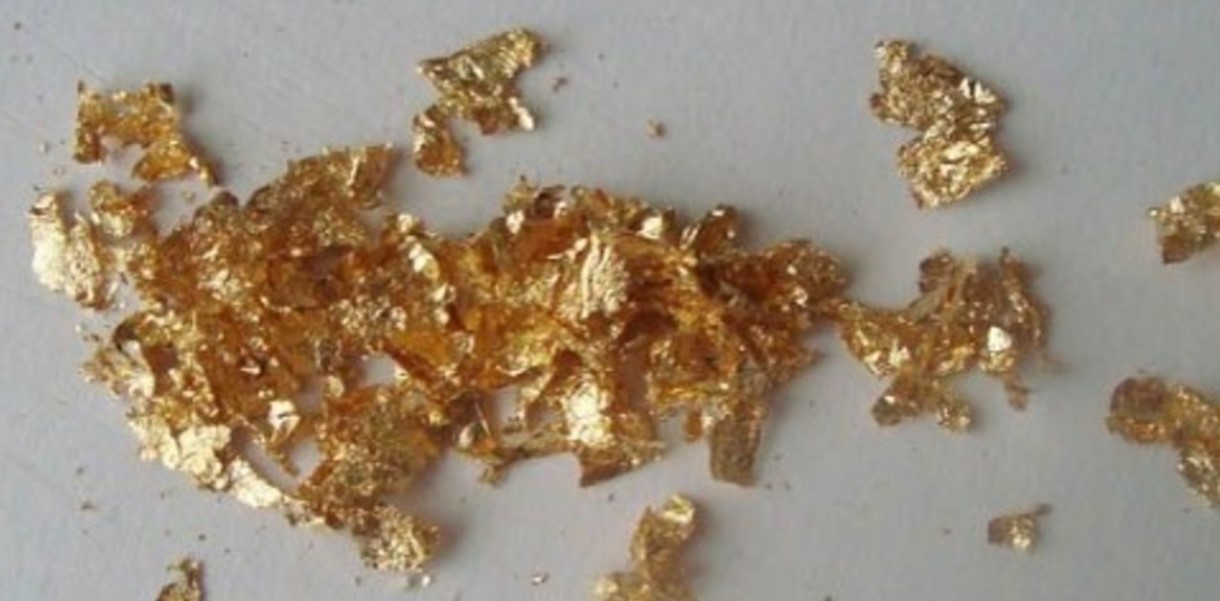(CNN) — A large glacier in northwest Greenland is interacting with ocean waves, scientists said Monday, resulting in previously unknown melting and rising sea levels. As fast as possible.
A team of glaciologists from the University of California, Irvine and NASA’s Jet Propulsion Laboratory published the study Monday in the Proceedings of the National Academy of Sciences.
Observations of the Petermann glacier revealed that the base line of the glacier, the area where the ice begins to expand over the ocean, can change significantly each day as the tides rise and fall.
According to the study’s lead author and UCI scientist Enrico Siraci, the Peterman grounding line “displaces between 2 and 6 kilometers as the tides rise and fall”.
Scientists have discovered a new source of melt on Petermann Glacier, shown here in 2010. (Credit: Jesse Allen/Robert Simmon/NASA Earth Observatory/AP)
It’s an important finding: Scientists’ traditional view is that the land line doesn’t move with the tides, and it introduces another important source of melting that could accelerate sea-level rise.
Between 2016 and 2022, warmer tidal cycles will melt a 200-meter-high hole at the base of the glacier, large enough to stack two Statues of Liberty on top of each other.
This phenomenon is likely to worsen in the coming years and decades as the oceans warm. CNN recently reported Sea surface temperatures have reached record highs this spring, prompting worried scientists to warn that it could be part of a worrying new trend.
The study raises further concerns about the already alarming prospect of sea-level rise threatening coastal areas around the world. He Greenland ice melts Is he A major contributor According to NASA, sea level rise has accelerated in recent years. But current predictions do not take into account this new contribution of interactions beneath the ice with warm waves.
“These ice-sea interactions make the glaciers more sensitive to ocean warming,” Eric Rignot, a UCI professor and NASA JPL research scientist, said in a statement.
“These dynamics are not included in the models, and if we included them, they would increase the predictions of sea level rise by 200 percent, not just for Petermann, but for the largest part of the ocean, all the ocean-terminating glaciers, across northern Greenland and Antarctica.




:quality(85)/cloudfront-us-east-1.images.arcpublishing.com/infobae/PRZFPXNQLJCQ5GIV4HFUAL7A2Y.jpg)
:quality(85)/cloudfront-us-east-1.images.arcpublishing.com/infobae/Z3MJ3ZNWSVDIBDDBSLX7TZMLJI.jpeg)